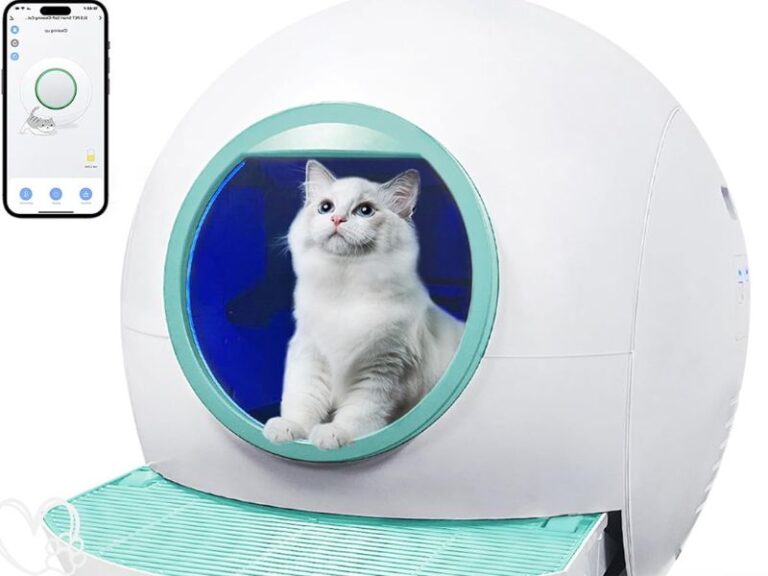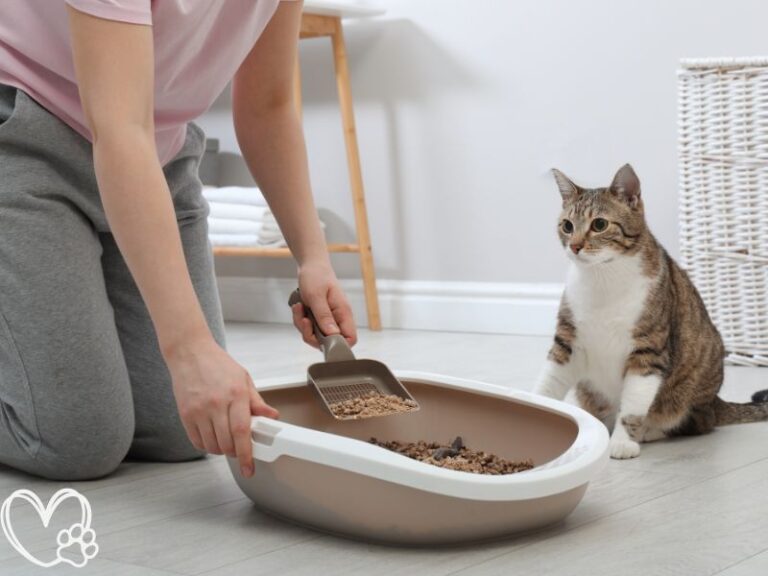Feline kidney disease is a pretty common issue, especially as cats get older. If it’s not caught early, it can really impact their quality of life.
The most important thing? Spotting symptoms early and taking preventive steps can help manage the disease and keep your cat more comfortable.
Knowing what to watch for and having a clue about treatment options can make a real difference.
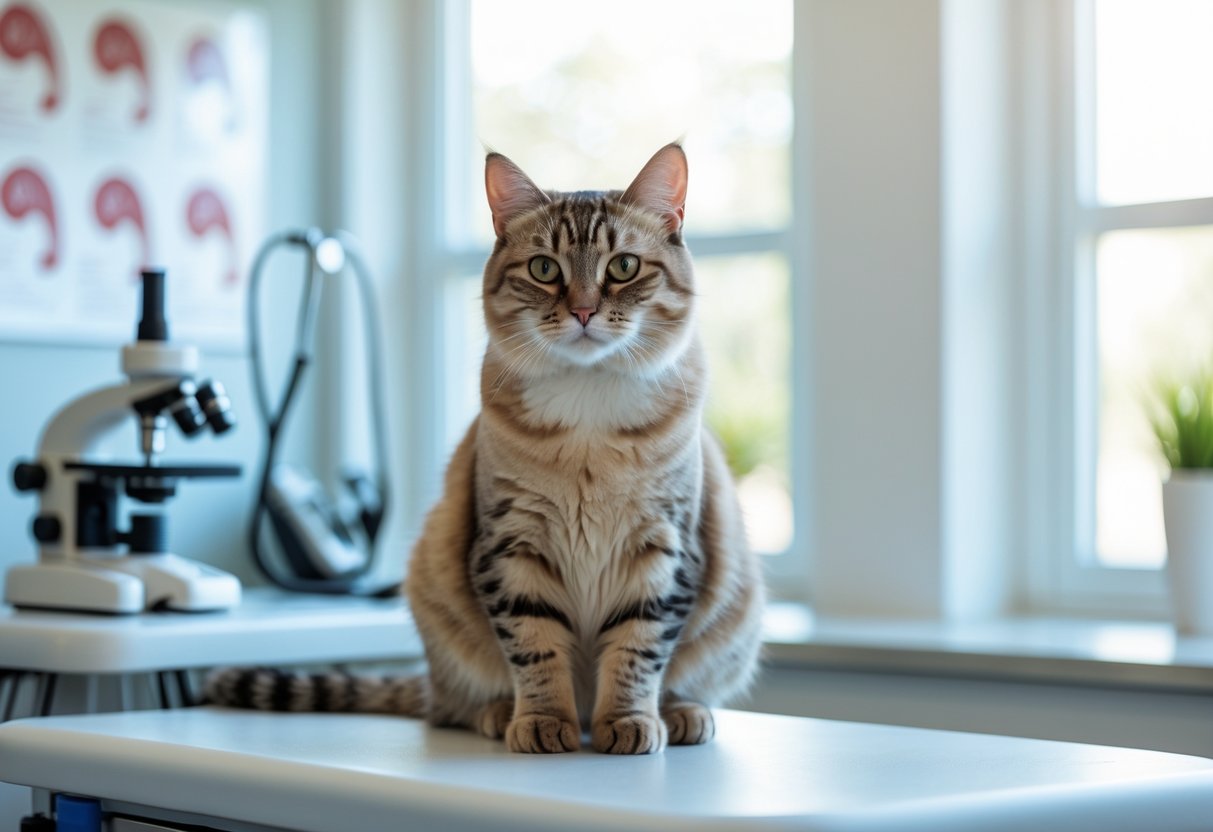
You might notice increased thirst, more frequent urination, weight loss, or maybe your cat just isn’t interested in food. Unfortunately, these symptoms often show up only after a lot of kidney damage has already happened.
That’s why regular vet checkups and blood tests are so important for early detection. Understanding these warning signs can help you act fast.
Prevention is mostly about a healthy diet, good hydration, and those regular vet visits. Treatment might include medication, diet changes, and some extra care routines at home.
Learning about these steps will give you a better shot at supporting your cat’s health if kidney disease shows up.
Key Symptoms and Early Detection of Feline Kidney Disease
It’s important to watch for changes in your cat’s behavior and health if you want to catch kidney disease early. Tests at the vet can confirm if there’s a problem and help guide what to do next.
Kidney issues are often linked with urinary problems, so keep an eye on litter box habits too.
Common Physical and Behavioral Signs
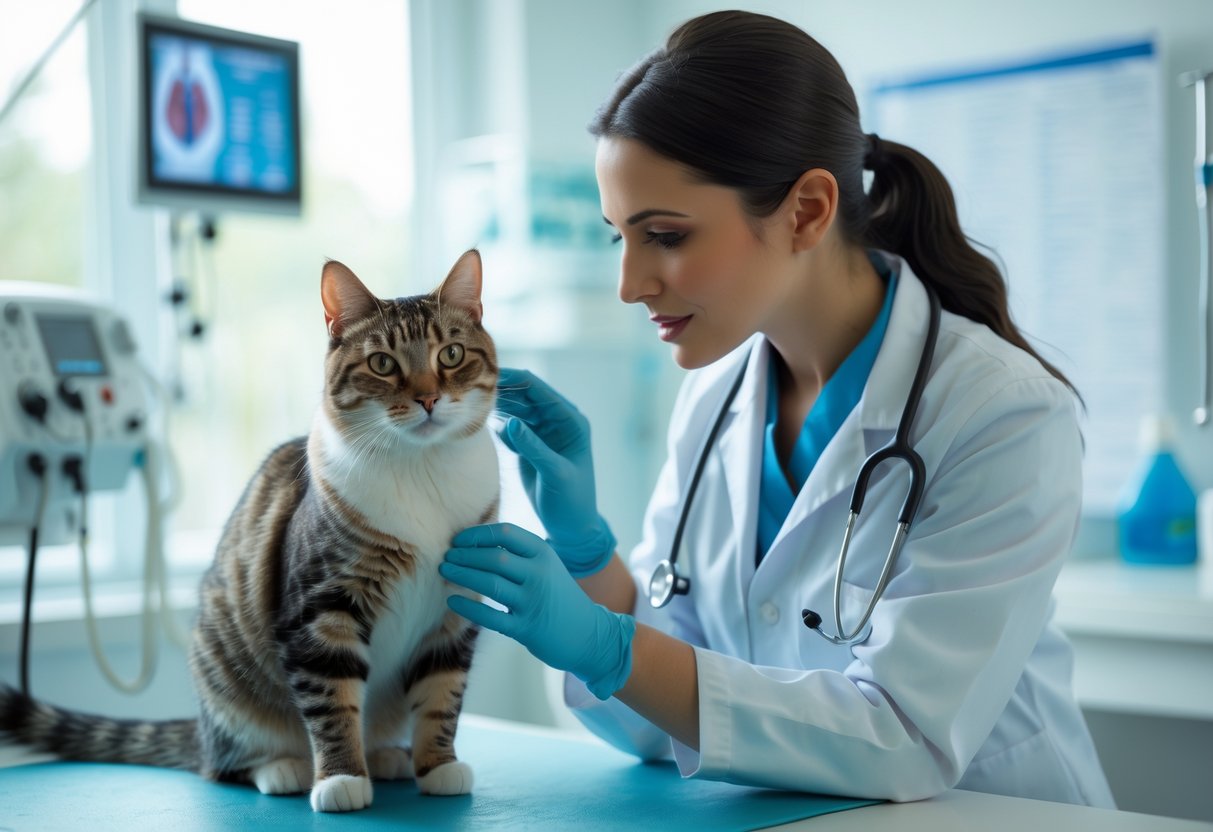
Look out for increased thirst and more frequent urination—those are usually early signs. Your cat might lose weight or just not want to eat.
If you see vomiting or your cat seems more tired than usual, that can mean the kidneys aren’t filtering waste properly. Bad breath and dull fur are other clues.
Sometimes you’ll notice your cat hiding more or not playing like they used to. These subtle changes matter, and catching them early can help your cat live longer and feel better.
Diagnostic Approaches in Veterinary Practice
Your vet will likely start with blood and urine tests to check kidney function. Blood tests look for waste products like BUN and creatinine, which go up if the kidneys aren’t working right.
Urinalysis checks if your cat’s kidneys can concentrate urine. Imaging—like X-rays or ultrasounds—might be used to look at kidney size or spot anything unusual.
Regular check-ups are crucial, especially for older cats or those with risk factors like chronic kidney disease or FIC (feline idiopathic cystitis).
Link Between Chronic Kidney Disease and Urinary Tract Issues
Chronic kidney disease (CKD) often comes along with urinary tract infections (UTIs) or FIC. Poor kidney function lets waste build up, which can irritate the urinary tract.
This irritation raises the risk of infections, which just make kidney problems worse. If your cat has painful urination, blood in the urine, or keeps going to the litter box, don’t wait—address these quickly.
Managing urinary issues can help protect the kidneys and slow CKD. Regular monitoring and treatment for both conditions are key for your cat’s health.
Prevention and Treatment Options for Feline Kidney Disease
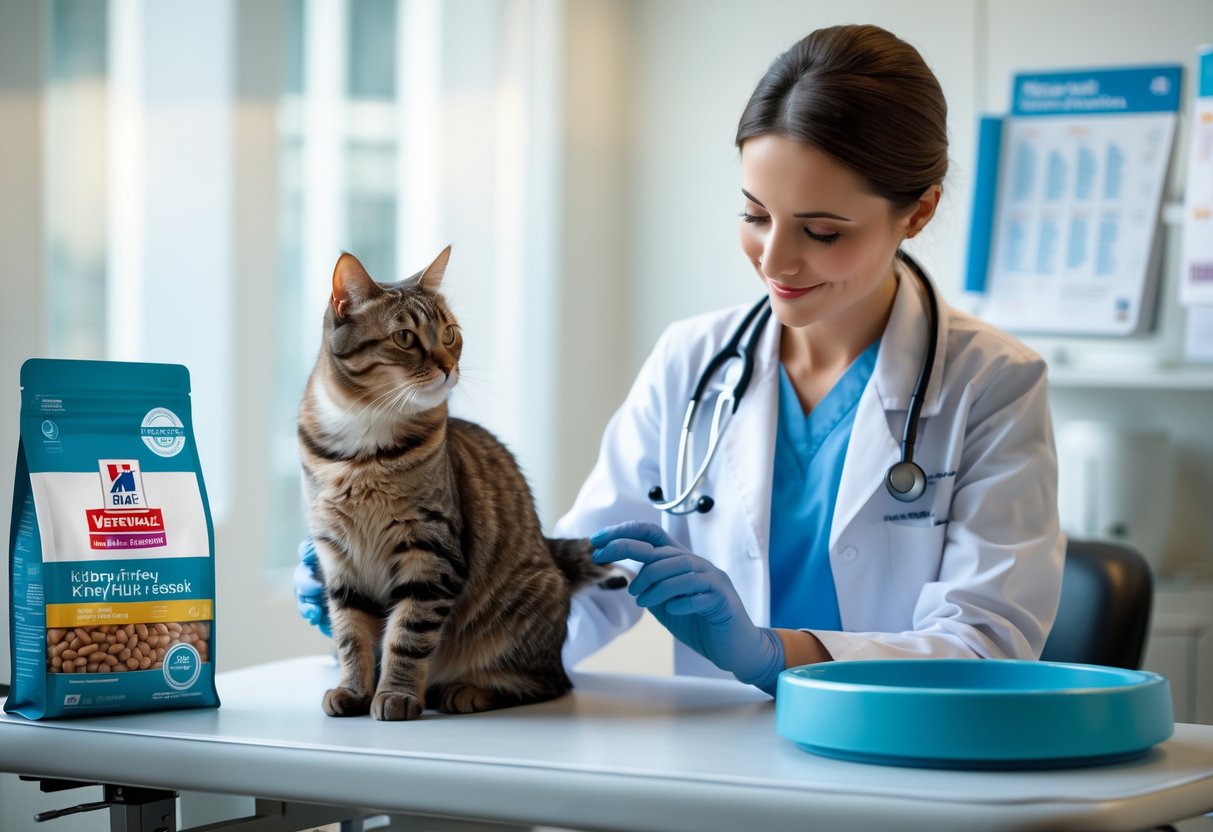
You can help your cat by keeping an eye on their diet, getting medical treatments when needed, and tackling related problems like bladder stones or infections. Early care really can make your cat more comfortable and might slow the disease down.
Dietary Management and Nutritional Support
Feeding your cat a special kidney diet matters. These diets are usually lower in protein, phosphorus, and sodium, which takes some pressure off the kidneys.
It’s a good idea to pick diets with omega-3 fatty acids—they might help with kidney inflammation. Hydration is huge, so encourage your cat to drink water or offer wet food.
Try to skip high-protein foods or treats, since too much protein can make things worse. Your vet can help you figure out the best food plan for your cat’s situation.
Medical Treatments and Fluid Therapy
Medications can help manage symptoms and slow down kidney disease. Common options include phosphorus binders, drugs for blood pressure, and meds that protect kidney cells.
Fluid therapy—sometimes under the skin, other times in the vein if things are bad—helps prevent dehydration. A lot of cats with kidney disease get dehydrated because their kidneys can’t hold onto water.
Regular check-ups and blood work are needed to tweak treatments. Your vet might also suggest supplements like potassium if your cat’s levels drop too low.
In the end, dealing with feline kidney disease can be a challenge, but it’s not hopeless. If you stay alert for early symptoms, work with your vet, and make small changes at home, you’ll give your cat the best shot at a comfortable, happy life—even with kidney trouble. Honestly, a little extra attention goes a long way. Isn’t that what our cats deserve?
Managing Related Conditions: Bladder Stones and Infections
Bladder stones sometimes show up alongside kidney disease, causing pain or even blockages. Your vet might recommend a special diet to help prevent stones or, in some cases, surgery if the stones are too big to pass.
Urinary tract infections (UTIs) are another thing to watch for in cats with kidney issues. If you notice your cat peeing more than usual, spotting blood in their urine, or acting uncomfortable, it’s time to call the vet—don’t wait around on that one.
There’s also something called feline idiopathic cystitis (FIC), which can crop up in cats with kidney disease. Reducing stress and making your cat’s environment more interesting can help keep FIC flare-ups at bay.
Honestly, juggling these conditions can feel overwhelming, but managing them really does protect your cat’s urinary system and support their kidney health in the long run.
In the end, paying attention to these related issues—stones, infections, and FIC—makes a big difference. It’s all about giving your cat the best shot at a comfortable, healthy life, even if it takes a bit of extra effort.

